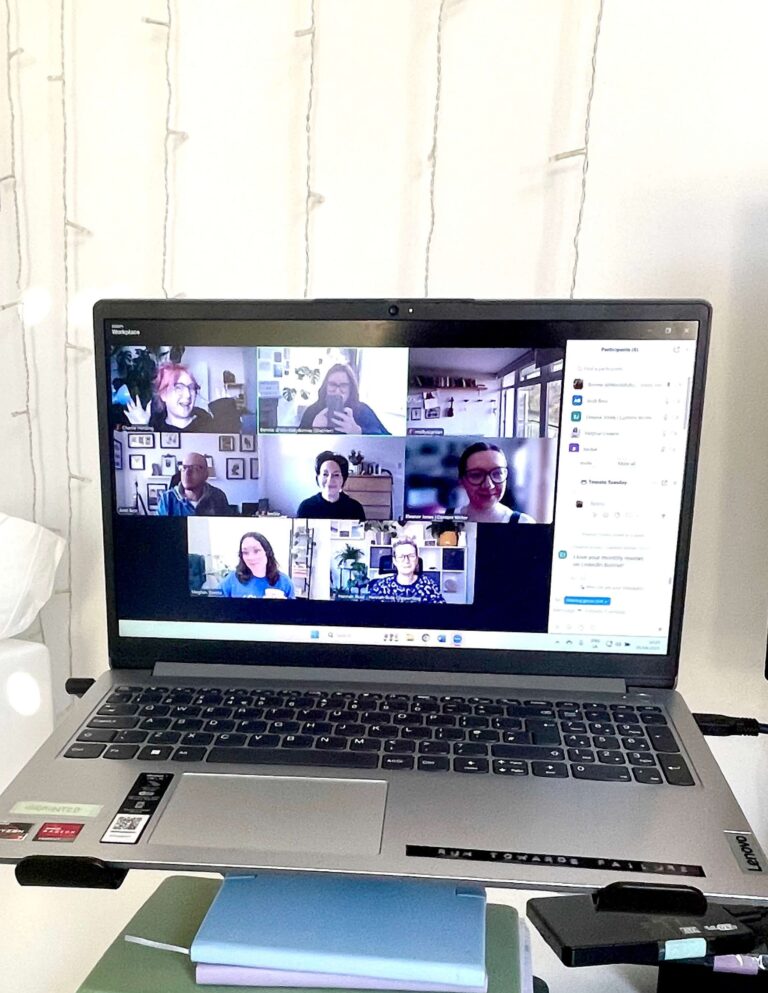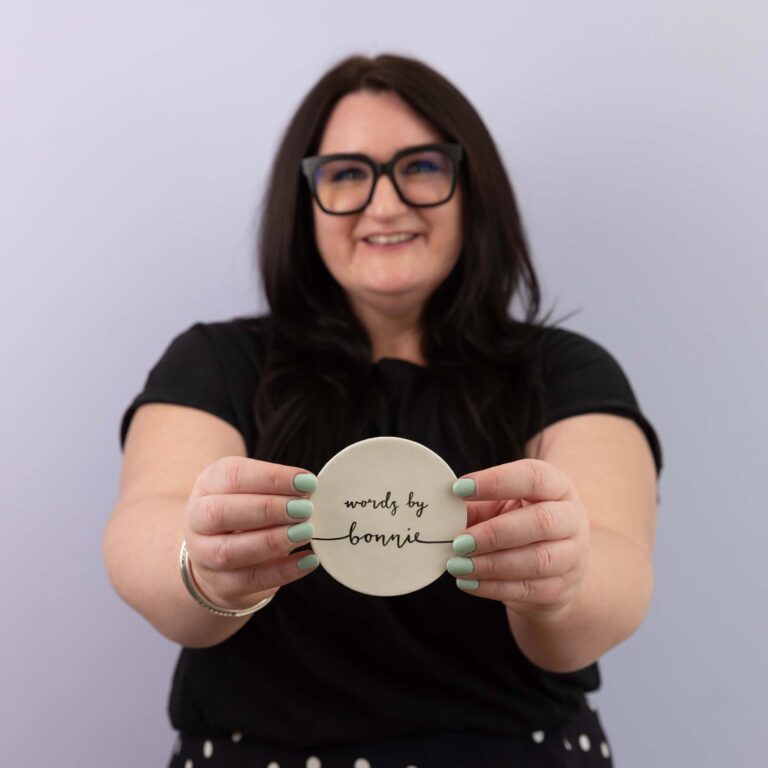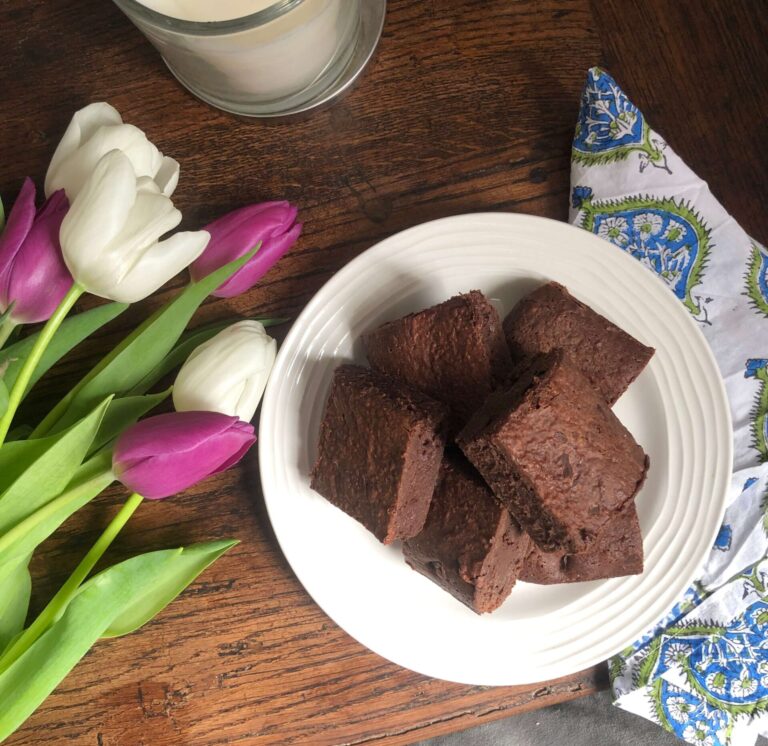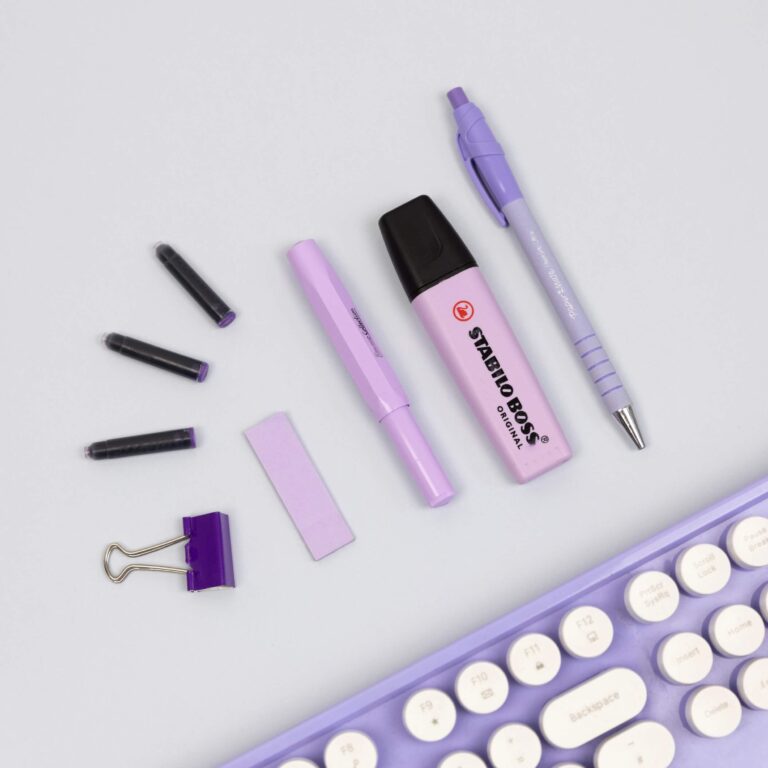This is a hefty blog, so if you don’t have time to read it all in one sitting, just click on the heading which is most helpful for you and just read that bit.
6 tips to actually write a good SEO blog for your small business

Let’s just skip over the weirdness of me writing an SEO blog about writing an SEO blog because it’s hurting my brain a bit… But, it can’t be ignored that people find blog writing incredibly difficult. Especially small business owners.
You’re already the chief buyer, designer, accountant, customer service manager, social media manager, packer, and caterer. Adding content strategy and content creation to the list is frankly ridiculous. Even if you like writing, having the time and energy to sit and plan, and then to sit and write is pretty unlikely. And what if you don’t actually like writing? If you’re unconfident with getting the words on a page, it’s just another barrier to blogging.
I’m guessing here, but you’re probably going to relate to a few of these bullet points:
- You already know blogging really helps showcase your expertise in a way which is helpful to your audience.
- You know you should have a blog, but you haven’t got started on it yet (er, hello? You’re running a business!).
- When you open a word document the blank page makes you want to go and do the weekly shop or do a wardrobe clear out… anything to get away from it.
- You’re a bit baffled about SEO and keywords.
- You have some ideas about what you want to write but you aren’t sure if they’re actually good ideas.
Sound familiar?
Don’t worry. I can help with all of these.
ONE: How to generate SEO blog ideas for a small business
The blank page is incredibly intimidating to a lot of people. One way to overcome that fear is to come to the page knowing what you’re going to write. Or at least, having a vague idea. You’ll be able to do this when your content plan is on point (more info here).
If you’re thinking “wait, she’s telling me to write a content plan BEFORE I write the blog? How is that making my life easier, she’s adding things to my to do list?!”.
I know, I know. But trust me on this one.
Taking some time to make a plan for the next quarter, or the next month, means it’s far, far easier to create that content. It takes away the thinking time. It’ll give you confidence that you’re writing about the “right” idea. You’ll come to the page with a plan and the words will flow as smooth as silk.
So, take some time to create your plan first.
- Read some of your competitors’ blogs for inspiration (but never copy them, that’s plagiarism and it’s gross).
- Think about what your customers need to know and write the blogs to answer those questions.
- Ask your customers directly what they want to know, or look into your DMs for questions you’ve been asked.
- Check in with the seasons to help you know what to write and when. Do your products or services link to the seasons or holidays?
- Think about what you love about your industry or business. Is there anything you’d love to write about?
Plot out your ideas however is most helpful to you. If you love a big list, go for it. Perhaps create a content calendar including when you’re going to write your SEO blogs and when you’ll schedule them.
Now you’ve got a whole bunch of great SEO blog ideas ready to go.
Quick tip: it can take Google around 6 weeks to know about your blog and get it ranking. So, it’s a good idea to write a couple of months in advance. Find time to write and edit your SEO blog and get it on your website well in time for Google to index your site. If you know people will be googling Valentine’s Day gifts on the first-ish of February, your blog needs to go live at the start of January. You know how there’s Hallowe’en stuff in supermarkets on the 1st of September, and then Christmas stuff about three seconds after Hallowe’en’s over? Well, it’s like that, but online.
TWO: How to research for your SEO small business blog
If I’m writing for a client, I always start with the research. This stops me writing in my voice and helps me to write in theirs.
I look at their social media, the brief they gave me, my notes from our planning session, their competitors, their current website, their industry leaders, and the relevant SEO keywords. Once this is all buzzing in my brain, then I’ll do the first draft.
Writing for yourself is a little bit different.
Doing this level of research for yourself isn’t a bad idea, but you probably don’t need to. At the very least, you should still do a little SEO research.
The essential things to know are:
- Keep your blog focused on one topic, e.g., which flowers are in season for Easter flower arrangements
- Head to Semrush, or Ahrefs, or Google Keyword Planner and type in the topic of the blog into the search bar. Maybe add in a few others to get a good range, e.g., which flowers are in season at Easter? Easter floral arrangements. Seasonal Easter flowers.
- Take note of the number of monthly searches the words get and try to get a mixture of those words in your blog. It’s not an exact science but getting a few highly searched terms and a few of the words which are less frequently searched is best practice.
Now you have your keywords, make sure your main headline (H1) has the most important SEO keyword in it- that is, the most relevant to your blog and your audience, as well as the most likely to be searched. Then, make sure your subheadings have SEO keywords in too. These are your H2 tags and super helpful for Google. Finally, make sure your keywords are liberally sprinkled through your blog. For example, if you write the word “flower arrangement” change it to “seasonal Easter flower arrangement”.
Quick tip: don’t be tempted to stuff your blog full of keywords to try to trick Google. This will actually have the opposite effect, and it’s going to put off your readers. Keeping your blog readable and clear, with relevant keywords appearing naturally and organically is a sure-fire way to make Google and your reader happy.
THREE: How to write the headline for your SEO blog
Your headline is the most important part of your blog. There are various statistics which demonstrate that a high number of people read the headline, and only a small number go on to read the rest of the blog.
Not only does your blog need an excellent, attention- grabbing headline to hook your reader in, but it has to appease Google too. Your headline should have the relevant SEO keywords so Google knows to put it right on the first page.
Your SEO blog headline might come to you in a flash, but if it doesn’t there’s a magical formula. The formula is NASALS.
- Number
- Adjectives
- Subject
- Audience
- Location
- Season
I did not invent this excellent formula, say a big thank you to Aime at Studio Cotton, and her super informative Instagram post.
Not every headline has to fit every letter in the acronym, but the more you can fit in the better. Here are some examples:
- 7 fast ways to bake gluten- free holiday cakes this Christmas
- 10 beautiful parks for dogs in Bristol this summer
- Three secret iPhone photography tips for parents at Hallowe’en
- 4 delicious food markets couples will love in London this Valentines
Quick tip: never, ever, ever resort to clickbait-y headlines. They might get your reader interested quickly, but it’ll quickly inspire feelings of annoyance and distrust when they realise the blog article does not deliver what the headline promised.

FOUR: How to write each section of your small business blog for SEO
So, you’ve got the plan, research, and the headline, but how do you actually get the words on the page?
Every writer has their own tried and tested ways to get going. The best advice I can give you is to take it section by section and just freely write. Don’t judge yourself as you write or try to edit as you go. Just start typing, and using the subheading as a guide, let the words flow.
That’s exactly how I write. I just start writing and whatever happens, happens. A thought will pop into my brain about the topic and then it travels down my arm, into my fingers and out onto the screen. I’m doing it right now. Words are just coming.
But, it doesn’t end there. I know the first draft is rough and might only make sense to me. That’s where good editing is essential…
FIVE: How to edit a blog so its super easy to read (and Google likes it)
Once I’ve done the first draft (which will be ramble-y and rubbish in places, and ok in others) I’ll ignore it for a while. At least a few hours, maybe a few days, depending on how busy I am and what the deadline is.
Then, I’ll re-read it, edit it, cut unnecessary sentences, and upgrade the vocabulary. I’ll add any extra research here too and any extra keywords. I make sure I’ve got accurate statistics or quotes, and I make sure my headings are snappy.
As I edit, I ask myself:
- Is this the shortest I can make this sentence?
- Is this clear and simple?
- Is this the best word for my audience?
If I read a sentence and my eyes stumble over the words, or if I read aloud and I stumble, that’s an instant sign I need to rework that sentence.
Quick tip: sometimes procrastination and imposter syndrome show up as wanting to make a blog perfect before posting. Editing is a fine balance between “this is good” and “this is good enough”. If you’re happy with it, and you can’t spot any clunky sentences, you’re ready to proofread and post it.
SIX: How to proofread a SEO blog even if you think your spelling and punctuation is the worst
Proofreading is part of editing, but where you zero in on spelling, grammar, and punctuation.
Here are my two secret weapons to proofread which makes your blog slick and professional. Both work well, it’s just up to you which you prefer.
One:
Change what you’ve written into a huge font size and change the colour of the text to purple, green, or blue. As you write your eyes are used to the colour, shape, and size of the words so they skip over errors. By changing the colour and size, you can spot mistakes much more easily.
This is a great option if you have to be quiet or if you don’t have headphones.
Two:
In Microsoft Word (my favourite writing program, I know, I’m stuck in my ways) you can use the ‘Read Aloud’ function to your advantage. Highlight a section of your blog and select the “read aloud” function to hear your writing read back to you. You can alter the reading speed, the reading volume, and your preferred voice. It’ll help you spot all the typos and mistakes because you can hear them- things like then/ than, or from/form, or which/ with.
There is a “read aloud” function in Google Docs too, if that’s your thing.
Learn something with this blog? Fabulous! Share it with another small biz owner, and check out this other blog about… err blogging.
And, remember, if you still need some help, I’m only a free discovery call away.








